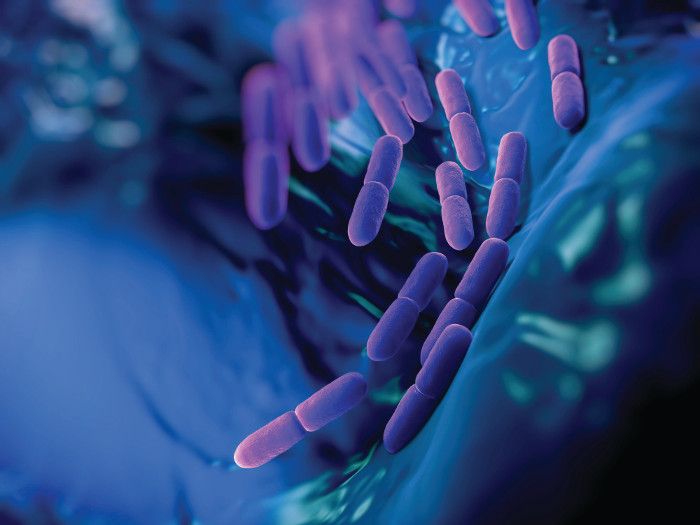Sabinsa probiotic easier to measure with new method
Sabinsa Corp. has validated an alternative method to measure live bacteria in its probiotics.
Photo © iStockphoto.com/royaltystockphoto

Sabinsa Corp. (East Windsor, NJ) has validated an alternative method to measure live bacteria in its probiotics. The company says the method is more efficient and precise than traditional plate counts, and it will likely save money in the long run.
Flow cytometry has been used to measure the amount of colony forming units (CFUs) in probiotics, but until now it hadn’t been used to quantify the bacteria in Sabinsa’s LactoSpore, a proprietary strain of Bacillus coagulans. The company designed a comparison test between flow cytometry and a plate count method, and published its results in PLOS One.1
Tests on the probiotic in tablet, capsule, and fruit juice revealed higher quantities of detectable spores with flow cytometry versus the plate count method. The three products also demonstrate the newer method’s ability to perform in alkaline, acidic, and high temperature conditions.
In the absence of FDA rules for labeling of probiotics, much of the probiotic industry has chosen to self-regulate by adopting best practices, including labeling probiotics by their number of CFUs. A single retail probiotic can contain CFUs in the billions. And when CFU content is an indication of product quality, getting the measurement right is important.
The plate count method is often used to come up with probiotic CFU measurements, but Sabinsa says the method is time-consuming and even unreliable. It’s restricted to identifying bacteria under select culture conditions and will often miss “viable but non-culturable state” (VBNC) cells. These are cells that are considered dormant but still metabolically active.
If flow cytometry is, indeed, more precise than the plate count method, it could save Sabinsa and its customers significant raw material in the long run. Manufacturers already overload probiotics to avoid falling short of label claims. They should be able to overload with less material, now.
Sabinsa says that flow cytometry saves time, measures multiple parameters, and is scalable. Future research should look at its performance in commercial preparations other than the ones investigated here.
Lactospore is sold in a variety of potencies, ranging from 6 billion to 100 billion bacteria per gram. It is also backed by a variety of human research and an increasing history of use.
To learn more about ways in which you can self-regulate your probiotics business, the Council for Responsible Nutrition and the International Probiotics Association have made available their own jointly-published “
Best Practices Guidelines for Probiotics.” It’s a quick and useful read.
References:
- Majeed M et al. “Rapid assessment of viable but non-culturable Bacillus coagulans MTCC 5856 in commercial formulations using flow cytometry.” PLOS One. Published online February 23, 2018.